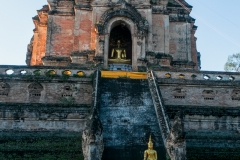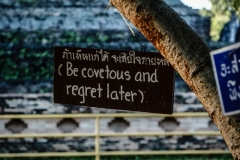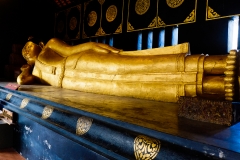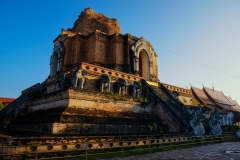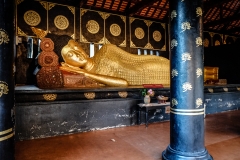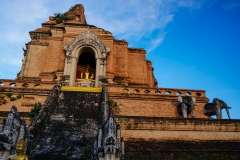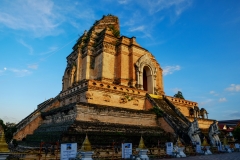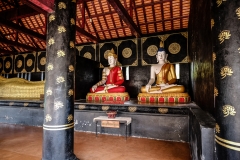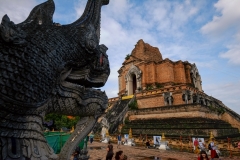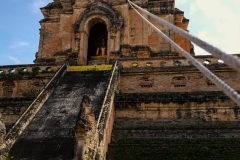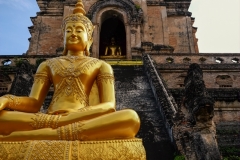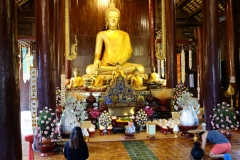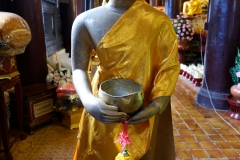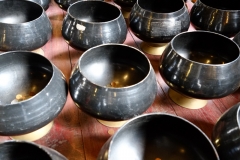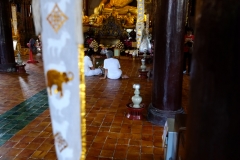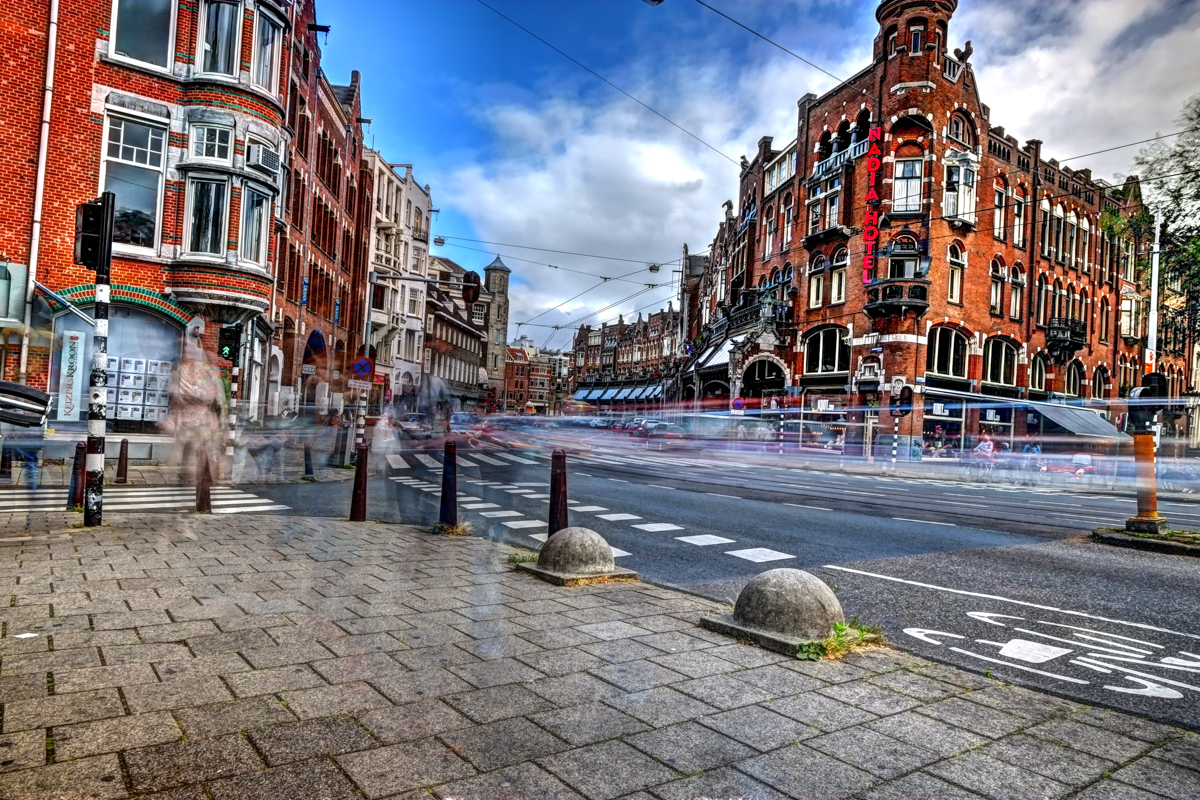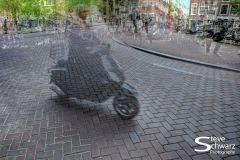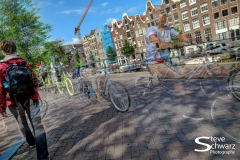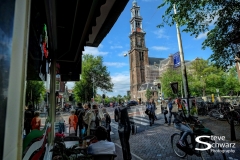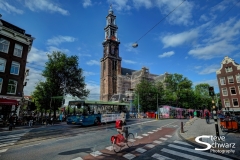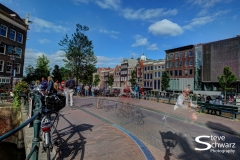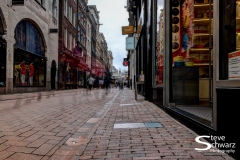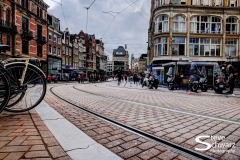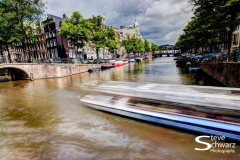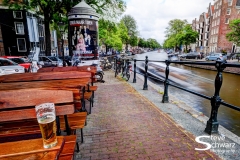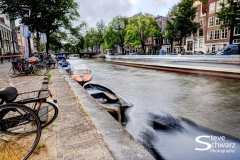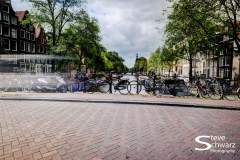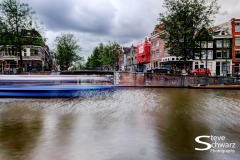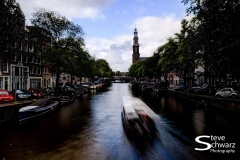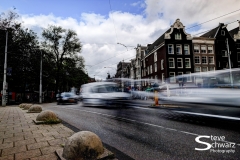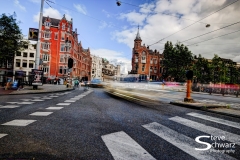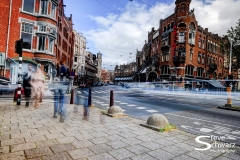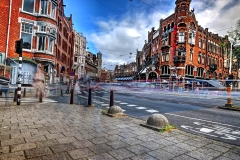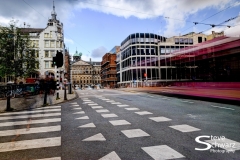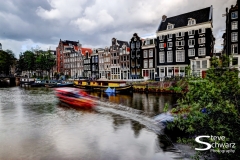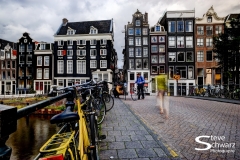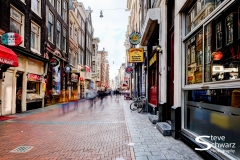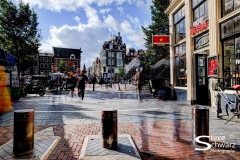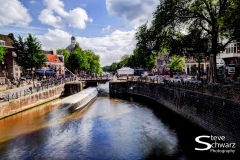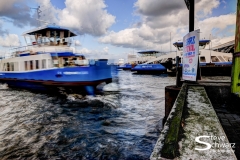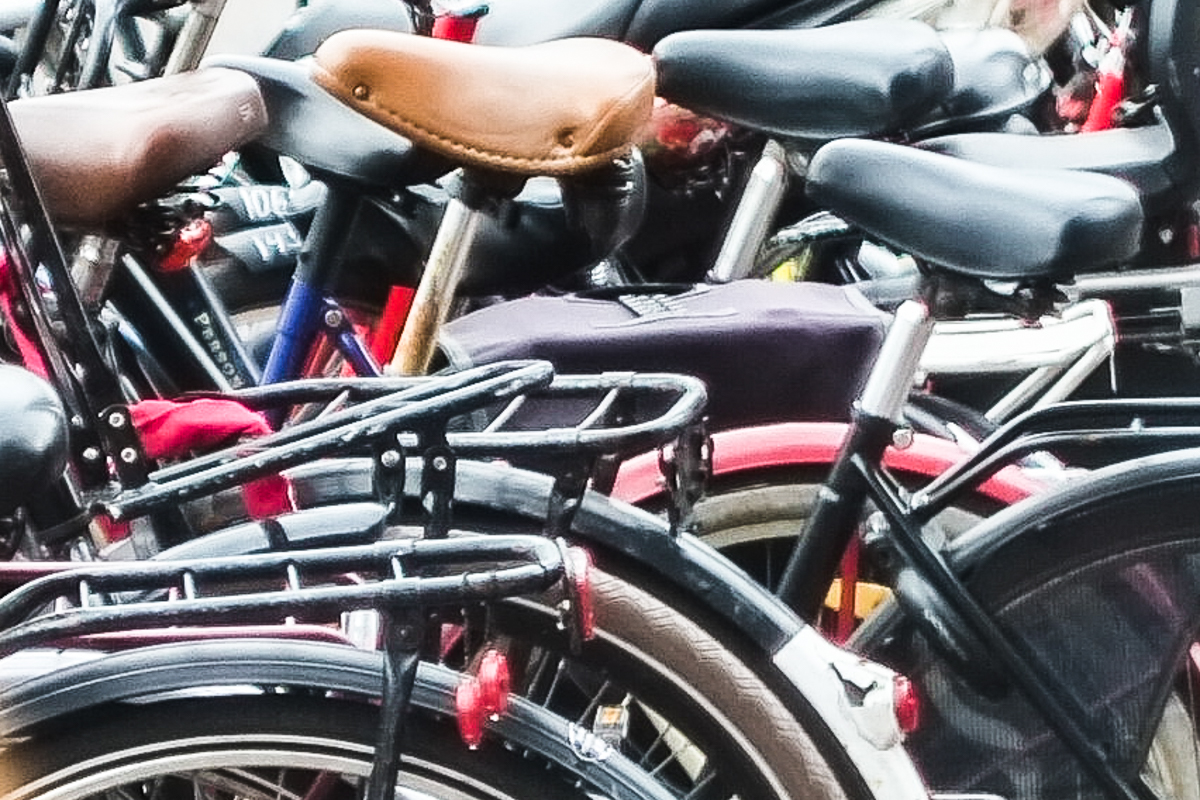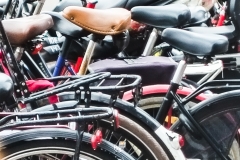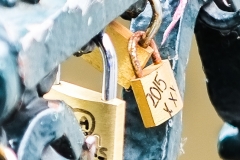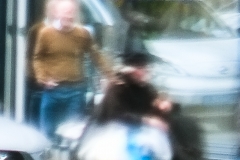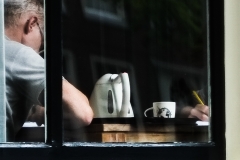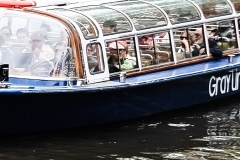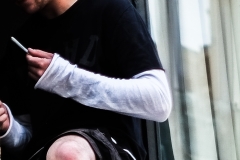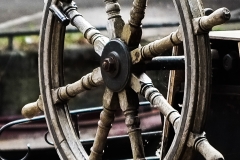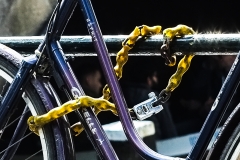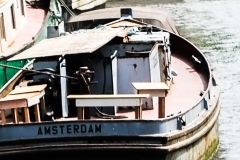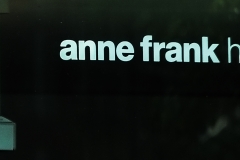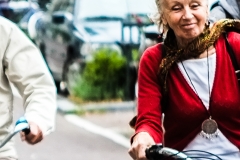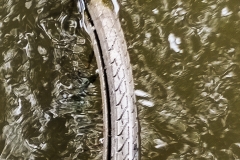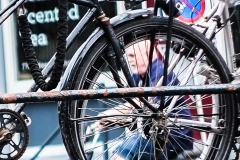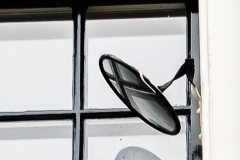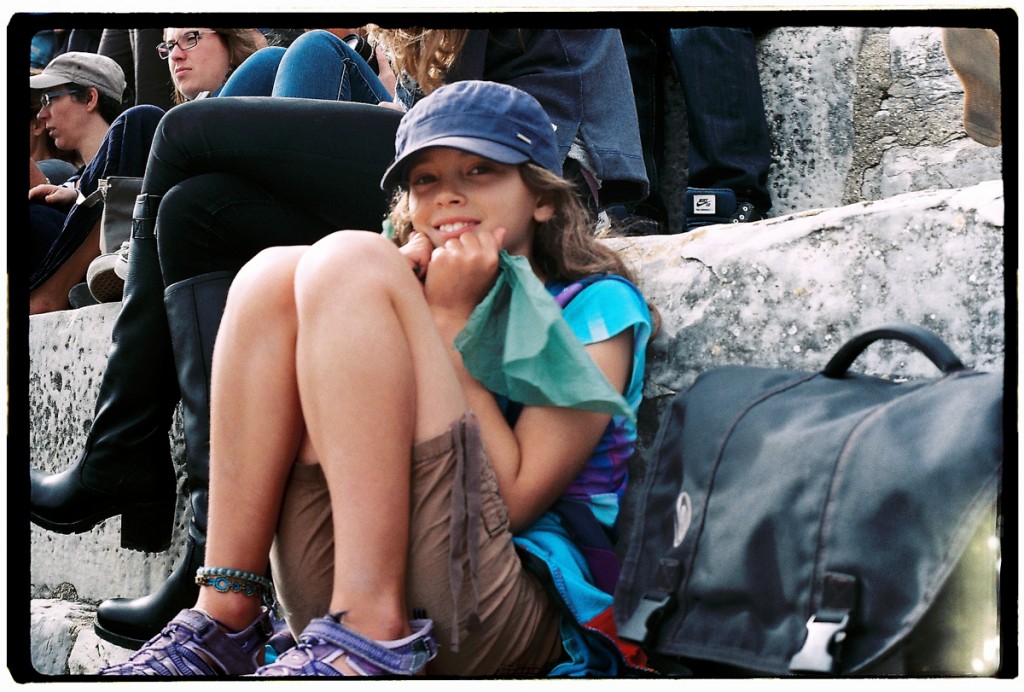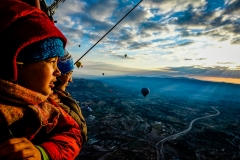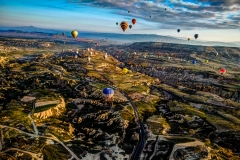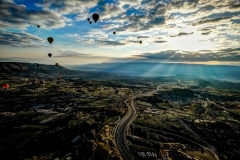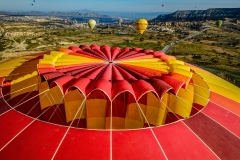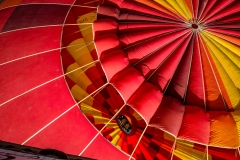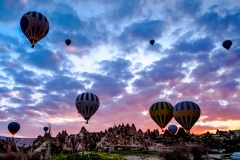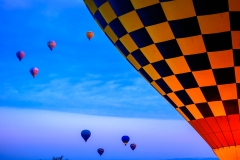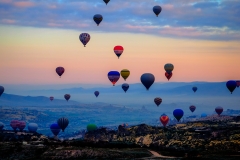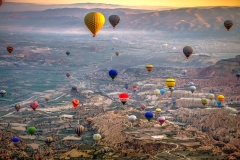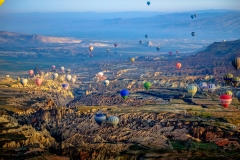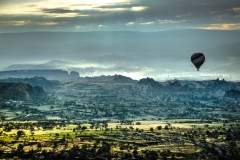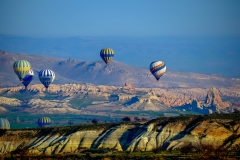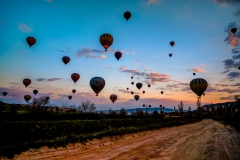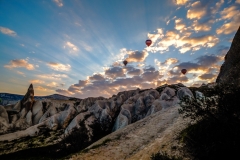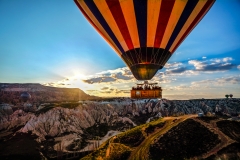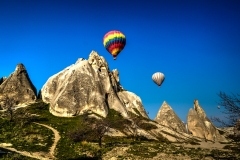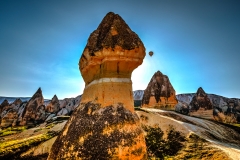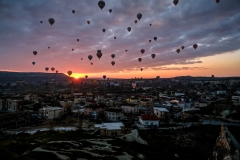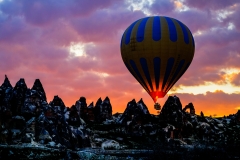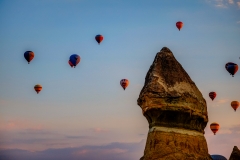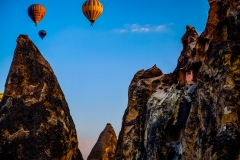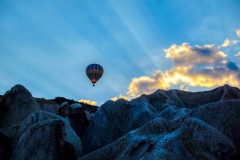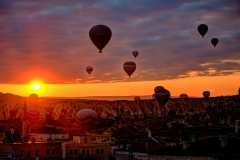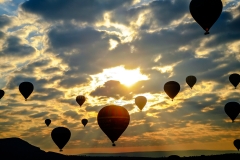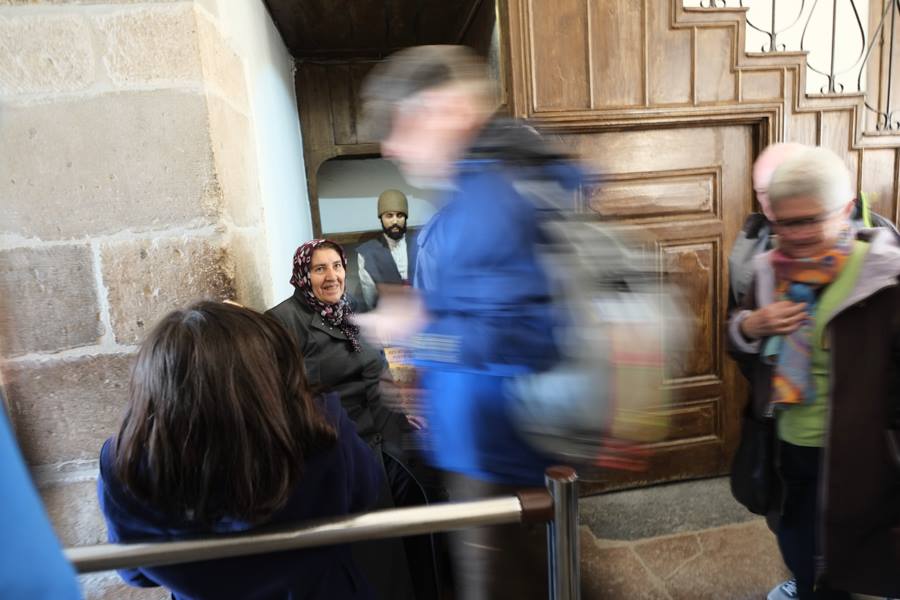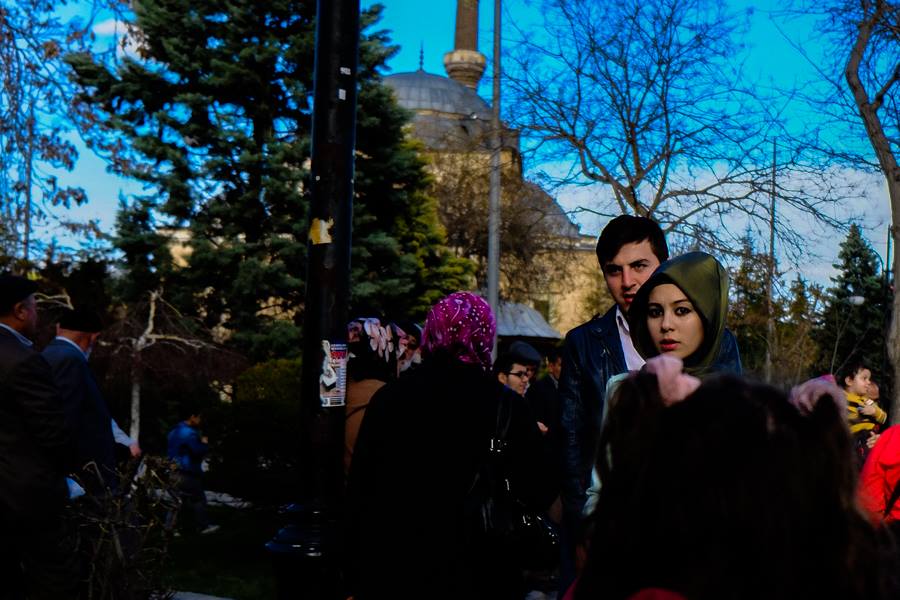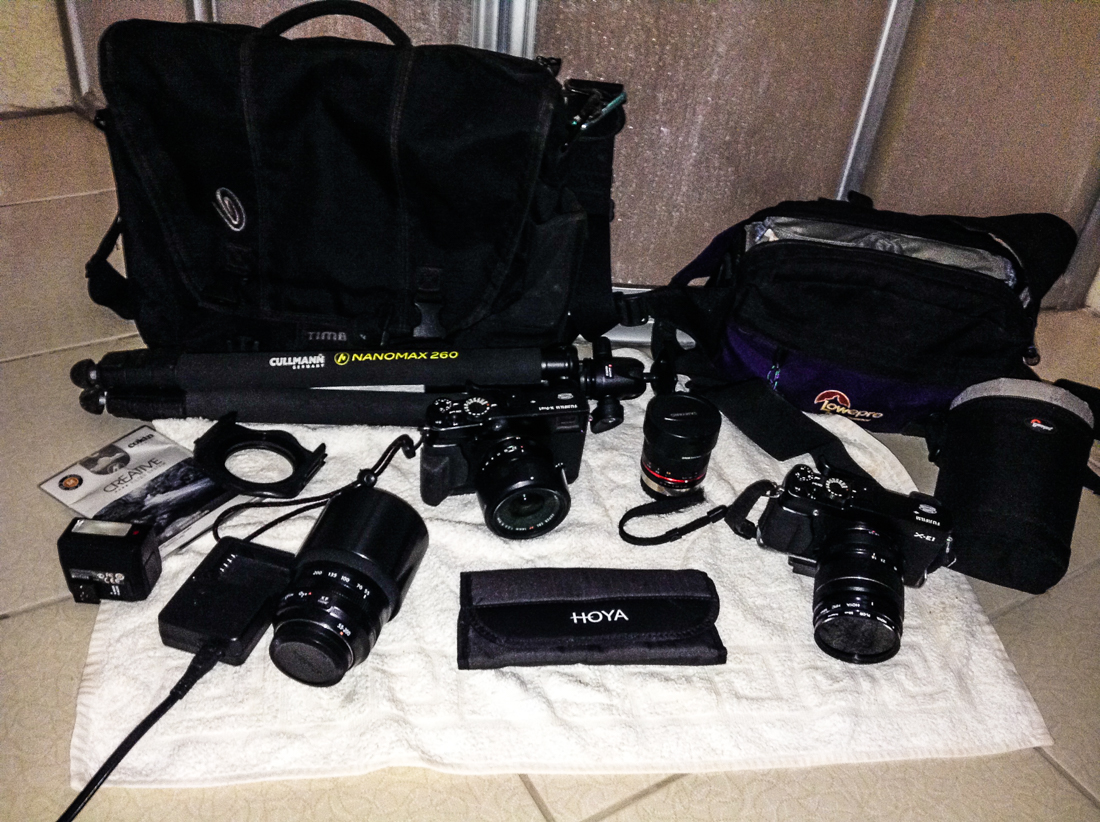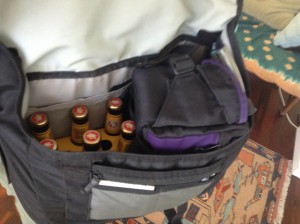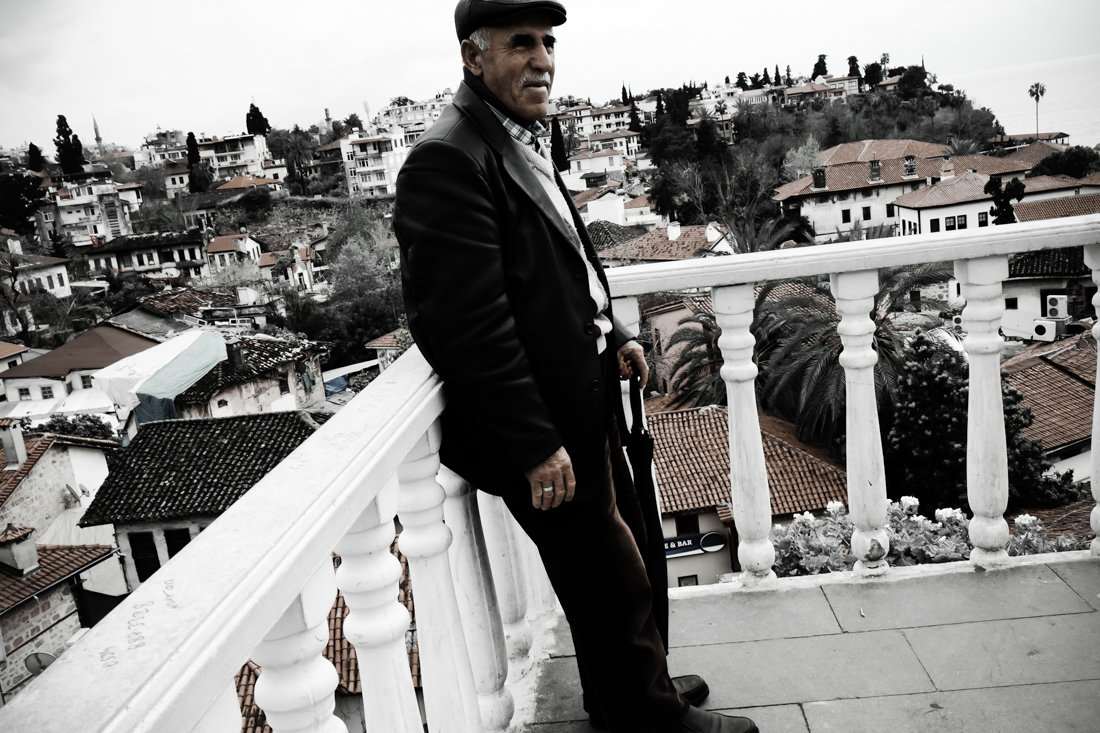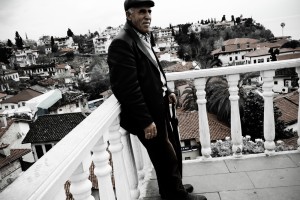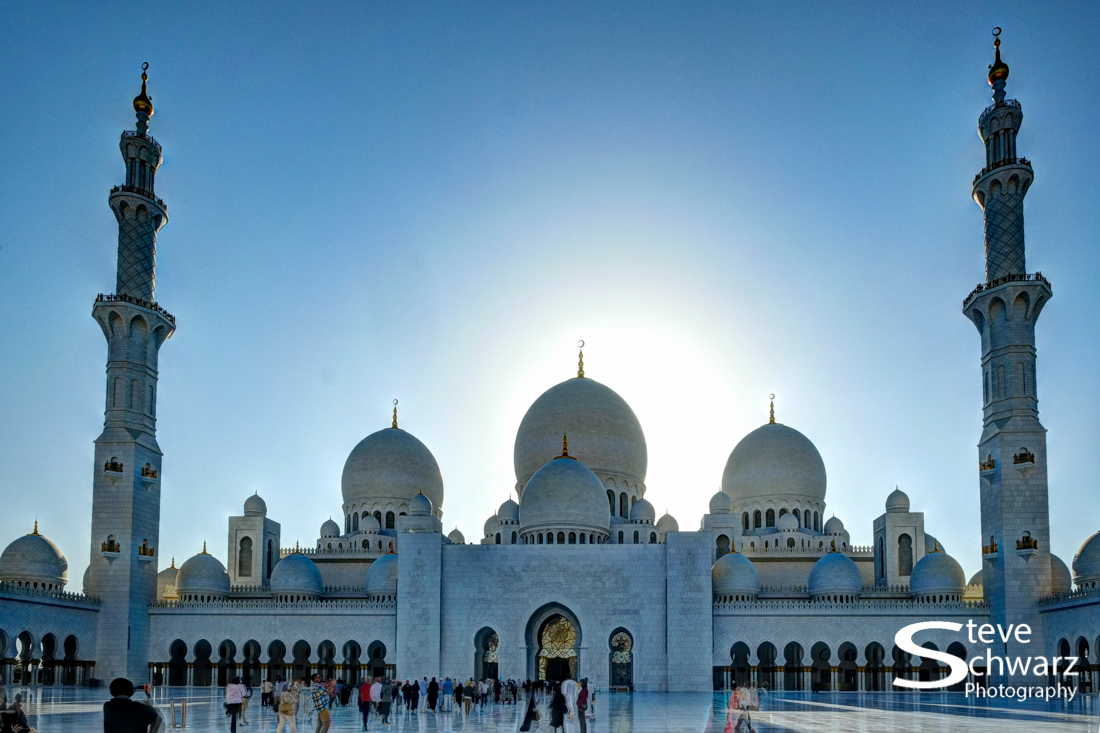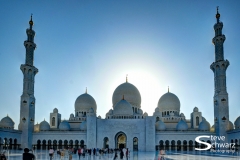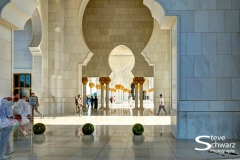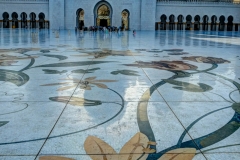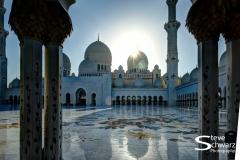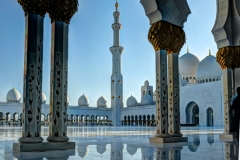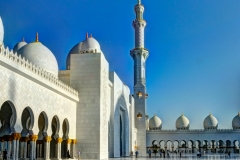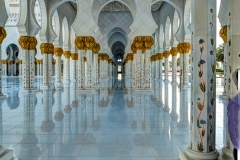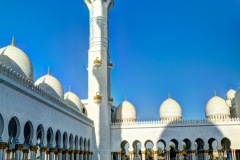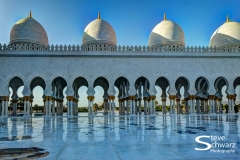I am often asked by friends and family for suggestions for a new camera. It usually comes up in a conversation like this….”I am going on a trip to (town/country), and need a new camera…What should I buy ?”.
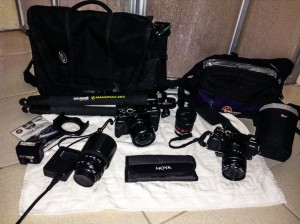
Even with two cameras and three lenses, it is less-than half the size and weight of my Nikon photography gear. I like to travel light.
My answer is always -it depends on what you want to do with it, and what your expectations are. Basically, it boils down to the camera that meets your criteria for size, weight, cost, features and complexity. In its simplest form, a camera is a tool, and it has often be said ‘use the right tool for the job’. The same can be said for photography….’use the right camera for the job’.
My criteria for a new camera included; small-size, low weight, travel camera, at reasonable cost, and one more criteria–
“It Feels Right”
It is a criteria that goes right to your gut, and it isn’t something I can clearly define. Visualize it as wearing the right pants this morning, you had the right amount of milk and sugar in your coffee this morning.
It is abstract, and not something that can be easily defined or described by dollars, size, weight, or any numerical value. It is not hotter or colder, wetter or drier. Instead, consider it as something that you enjoy using…“It Feels Right”. The flipside, if it does not Feel Right – then, chances are, you wont be having fun, and won’t do it, or use it again.
Ask yourself – would Oscar-Claude Monet have painted Water Lilies, using paint brushes, or paint that did not “Feel Right” ?.
Would Henri Cartier-Bresson have used a camera or lens that did not Feel Right
So – Does the Fuji-X Feel Right for you ?.
You decide: check out the features, assess how it performs, check the lenses, pixel-peep the quality of the images, feel the ergonomics, fiddle with the menus. How do you feel when you use it ?. Does it Feel Right to you ?
My criteria for a new camera for 10 months of traveling included a small, light weight interchangable lens camera, that can perform in low light, and produce good quality images, and of course: Feels Right. To decide, I went to my local camera store and played with different cameras, then found the one that simply ‘Feels Right’. It may or may not have been the most cost effective, highest resolution, most megapixels, most popular, or voted ‘best’ camera. It was simply chosen because it ”Feels Right”.
I selected the Fujifilm X-Pro. From the start, the X-Pro feels solid, the overall ergonomics of the camera felt great, and the position and shape of the the dials (shutter speed, exposure compensation and aperture ring on the lens) felt so natural in my hand (improved with the accessory hand grip). Adjusting the shutter speed is easily done by turning the dial between two fingers, and adjusting the exposure compensation is easy by sliding your thumb. All adjustments can be done without removing your eye from the eyepiece. There is no program, or specialized scene mode – manual, automatic, shutter priority, or aperture priority. So simple. Compared to my Nikon D700, the size and weight of the X-Pro is almost negligible, it’s awesome for travel. An added benefit of the small size, is the discreteness of the camera and the ability to really get in close and mingle with the subjects, without being too obtrusive is a really positive.
Although the X-Pro is not technically a ‘rangefinder’ camera, feels like one and takes some getting used to. The optical viewfinder was what lead me to the X-Pro in the first place. The frame lines let me see what is coming into the frame. It works awesome with wide and normal field of view lenses, but after I bought the Fuji XF 55-200mm lens differences in parallax made it impossible to get the camera to focus on the desired location. With the flick of a small lever on the front of the camera, it changes to an electronic viewfinder that corrects for parallax and shows the exact field of view. A couple of months later, I also purchased a Fujifilm X-E1 as a back-up to the X-Pro, and with the added advantage of having a wide angle lens on one camera and a telephoto lens on the other camera. Both the X-Pro and X-E1 can use the same lenses, have the same battery, and same charger. Having spent quality time with both the X-E1/X-Pro, it is often hard to tell which camera I am using – the performance and the external controls are almost the same. Externally, the X-E1 is physically smaller and it has a tiny pop up TTL flash, and only has an electronic viewfinder. As both the X-Pro and X-E1 have electronic viewfinders – you would expect them to be the same – Not. When I wear sunglasses, the view in the electronic viewfinder of the X-Pro (in landscape orientation) is completely black, whereas in portrait orientation the image is viewable. With the X-E1 (and wearing sunglasses) the view is normal in both landscape and portrait orientation. Why ??. So, fortunately, the X-Pro has an optical view finder that I can use wearing sunglasses, and fortunately, the electronic viewfinder on the X-E1 displays correctly. Both the X-Pro and X-E1 have a +/-2EV exposure compensation dial on the top-right corner that is easily rotated off ‘0’ when handling the camera out of the camera bag. Sometimes it is a pain in the ass, though, on the positive side, it is easy to rotate with my thumb without removing my eye from the viewfinder.
One other feature that won me over to the Fuji-X cameras are the small, light very fast, high quality Fuji-X lenses, and the shallow sensor to flange distance that with appropriate adapters allows other lenses to be used. I’ve got adapters for Nikon, Canon and Leica-R, and someday, might even try a Leica-M and Contax-G lens. With adapters, all lenses are manual focus, which isn’t too bad using focus peaking, though a ‘green dot’ focus confirmation as in the Nikon D700 would make focus-verification easier. Autofocus in Fujifilm X-Pro and X-E1 are good enough for most situations, but not known to be super fast (Note – autofocus in the X-E2 and X-T1 are apparently much faster). I never use ‘Continuous AF’, which literally means continuous focus, and runs continuously even when the shutter button has not been pressed.
Finally, the Quality of the images – this is where using a X-Pro/X-E1 “Feels Right”. Both the Fujifilm X-Pro and X-E1 cameras use the same APS-C X-Trans sensor resulting in fantastic colors and detail, and the images are completely usable and noise images free up to 6400 ISO – which is better than my full frame Nikon D700 DSLR.
As a travel camera, my X-Pro and X-E1 have performed near flawlessly, through humid jungles of Thailand, high altitude mountain treks in Nepal, in the hot and dry Australian outback, dropped in sand on a beach in Turkey, and my camera bag has been thrown aboard buses, trucks, trains, rickshaw, and on the roof of taxis (not even tied down). The weirdest glitch is between the X-E1 and 14mm, they are simply not compatible !. With the 14mm lens, the X-E1 camera locks up, the LCD goes black and flashes. When the camera is turned on/off it repeats. I removed the battery, upgraded the firmware on both lens and body, no effect. I just plan to not use 14mm on X-E1 !.
Unfortunately, just before publishing this post, the Fuji XF 18-55mm lens broke !. For some reason the lens, when attached to the camera, the error message on the camera LCD says “Lens Control Error”. After contacting Fuji, and confirming that the lens is still under warranty, although is has to be sent back to the country of purchase – which for me is Canada. So – for this lens to be repaired under Warranty, it has to be sent to Canada, at my expense, then sent back to me – currently traveling in Europe (again at my expense). Shipping the lens across the Atlantic Ocean – twice, is going to add probably more than half the value of the lens !. Surely, a large, International company like Fuji – can work something out with it international partners so that the stupidity of sending a lens back and forth across from Europe to Canada then back to Europe can be avoided….maybe someday !.
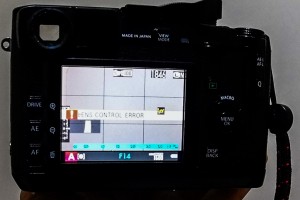
Both cameras are now showing some wear and tear. There is black paint scuffed off from the corners exposing the shiny grey metal and a few small dents. Consider this cosmetic wear as creases on a farmers hands – they show life !. At times, during my travels, I confess to having camera envy, seeing other tourists carrying Nikon D4s, D800/810, Canon 5dMkIII, or Leica M9. It could be me, carrying my two D700’s, a 17-35mm lens (or the 14-24mm), and a 70-200mm but that would be 15 kg of camera gear instead, of my Fujifilm gear (two bodies and three lenses) weighing only 6 kg (with the camera bag). Then I remembered that the X-Pro/X-E1 is a very capable camera and there is a lot of appeal traveling with a smaller, travel-friendly camera with high image quality as opposed to hauling around a lot of heavy gear. All the more energy to enjoy my surroundings !.
Bottom line – the Fujifilm X-Pro and X-E1 “Feels Right”, and is the Right tool to suit my photography needs.
